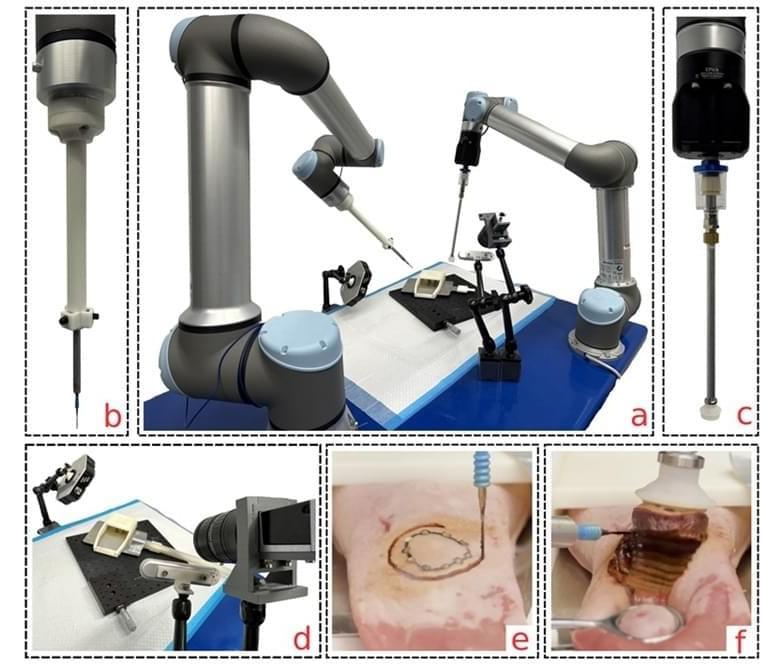Surgically removing tumors from sensitive areas, such as the head and neck, poses significant challenges. The goal during surgery is to take out the cancerous tissue while saving as much healthy tissue as possible. This balance is crucial because leaving behind too much cancerous tissue can lead to the cancer’s return or spread. Doing a resection that has precise margins—specifically, a 5mm margin of healthy tissue—is essential but difficult. This margin, roughly the size of a pencil eraser, ensures that all cancerous cells are removed while minimizing damage. Tumors often have clear horizontal edges but unclear vertical boundaries, making depth assessment challenging despite careful pre-surgical planning. Surgeons can mark the horizontal borders but have limited ability to determine the appropriate depth for removal due to the inability to see beyond the surface. Additionally, surgeons face obstacles like fatigue and visual limitations, which can affect their performance. Now, a new robotic system has been designed to perform tumor removal from the tongue with precision levels that could match or surpass those of human surgeons.
The Autonomous System for Tumor Resection (ASTR) designed by researchers at Johns Hopkins (Baltimore, MD, USA) translates human guidance into robotic precision. This system builds upon the technology from their Smart Tissue Autonomous Robot (STAR), which previously conducted the first fully autonomous laparoscopic surgery to connect the two intestinal ends. ASTR, an advanced dual-arm, vision-guided robotic system, is specifically designed for tissue removal in contrast to STAR’s focus on tissue connection. In tests using pig tongue tissue, the team demonstrated ASTR’s ability to accurately remove a tumor and the required 5mm of surrounding healthy tissue. After focusing on tongue tumors due to their accessibility and relevance to experimental surgery, the team now plans to extend ASTR’s application to internal organs like the kidney, which are more challenging to access.
